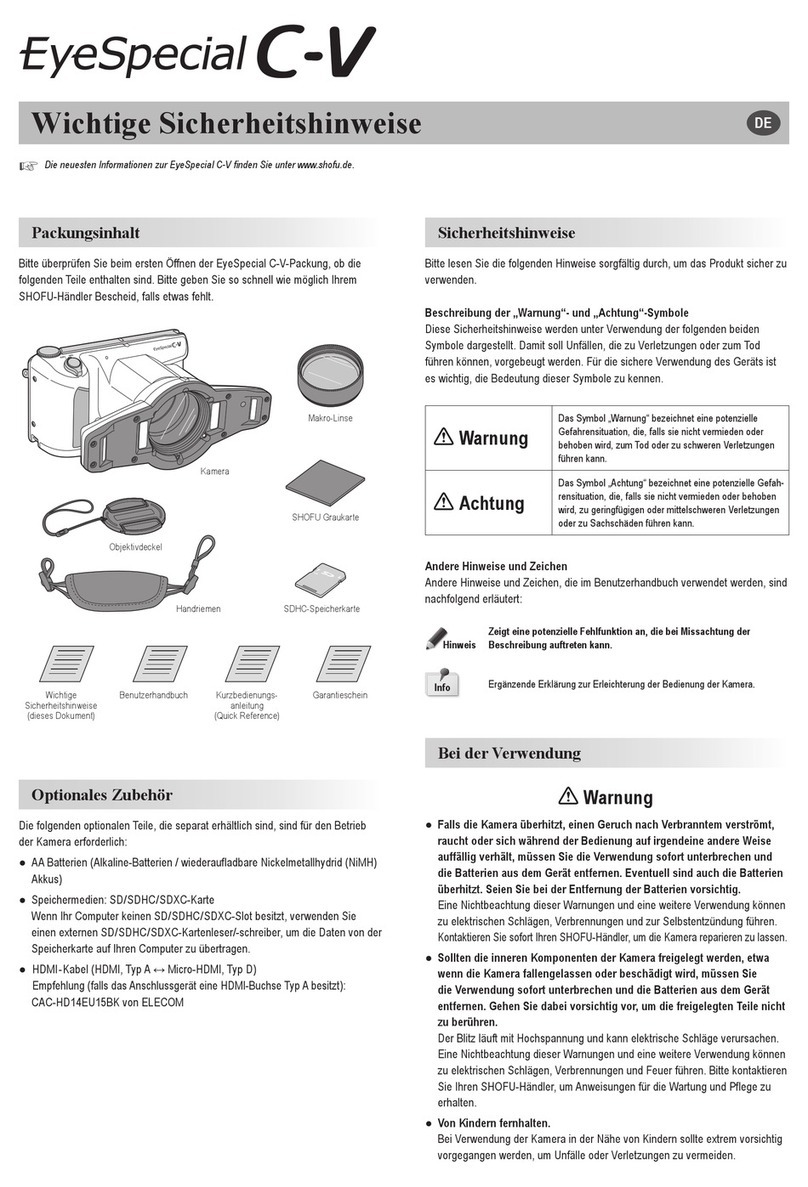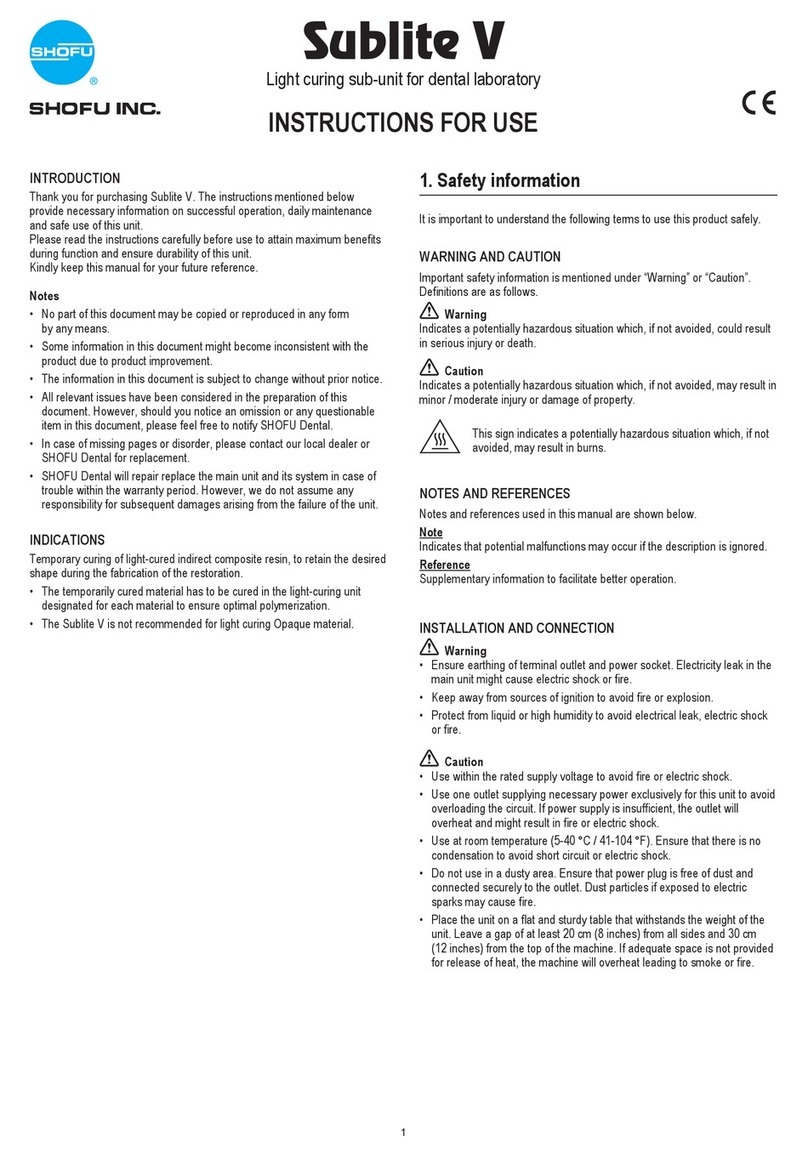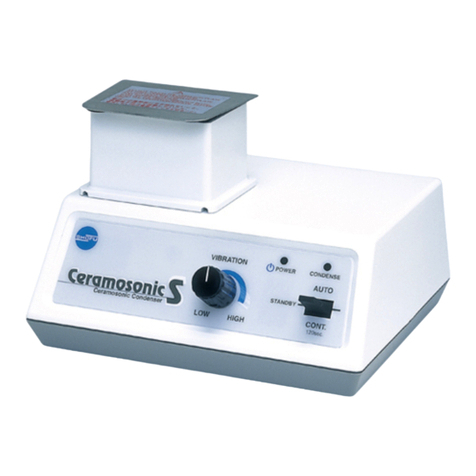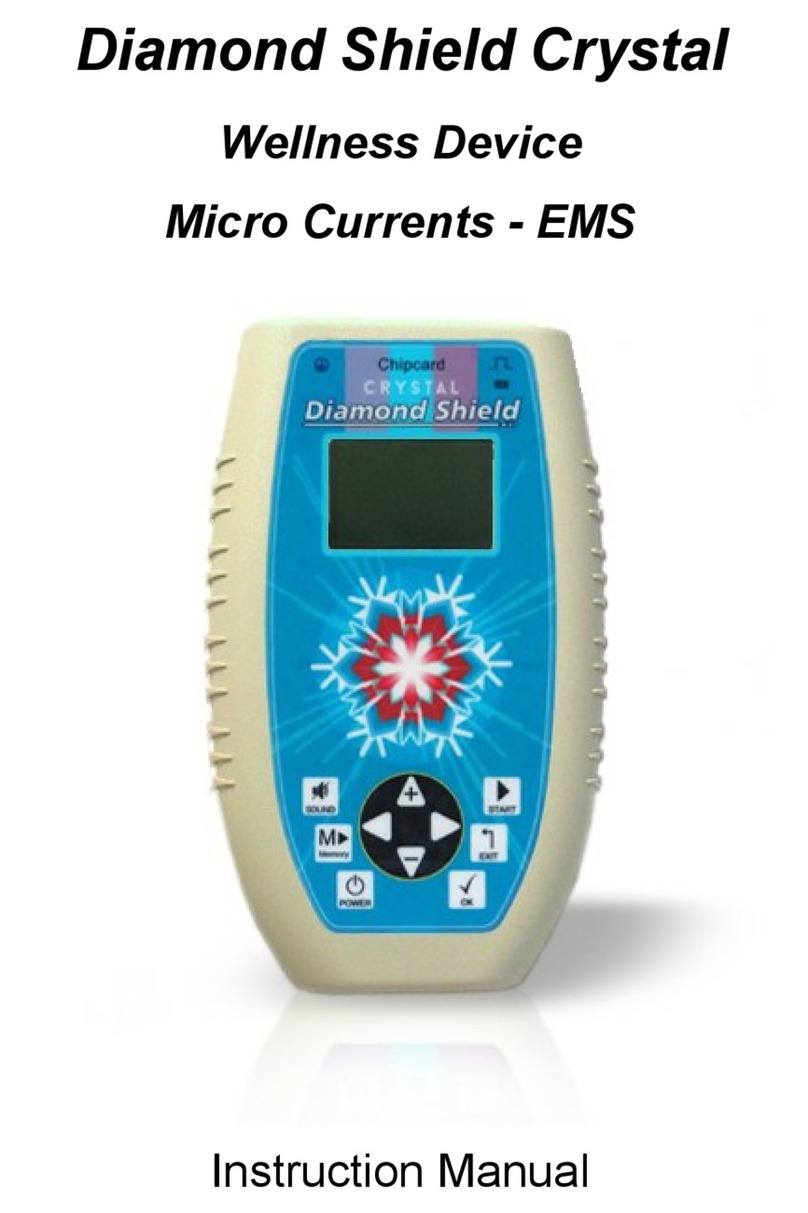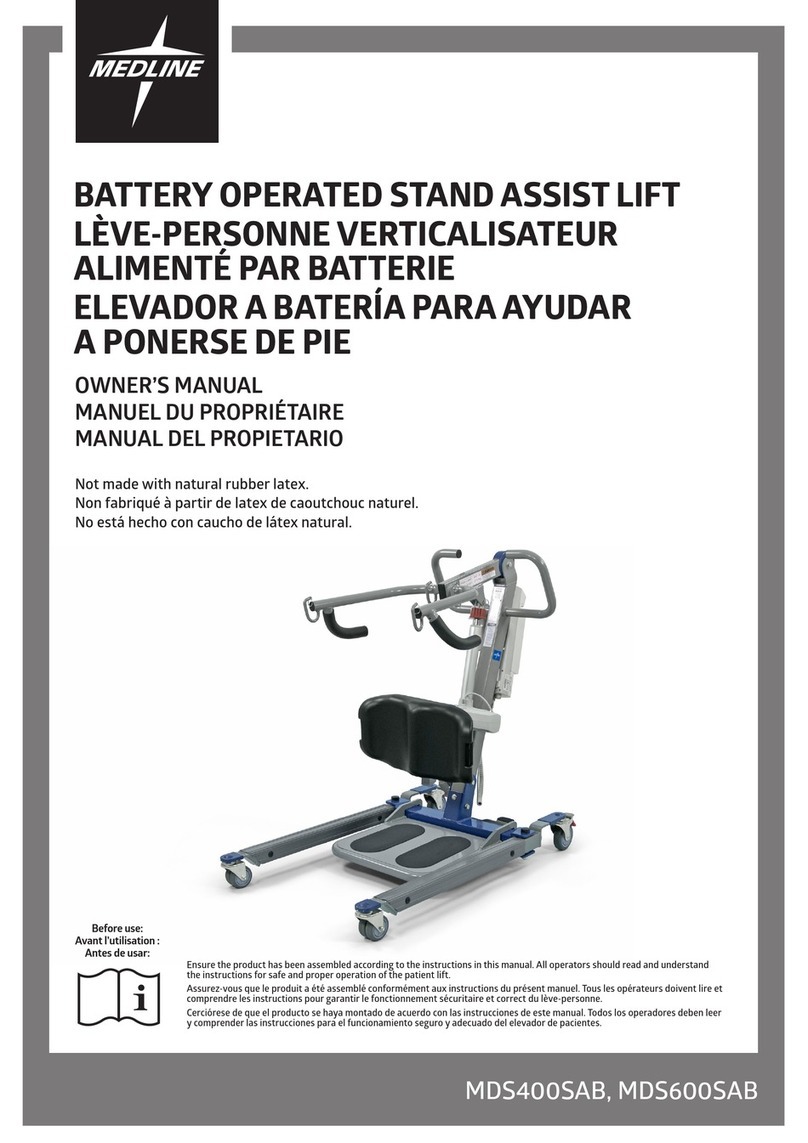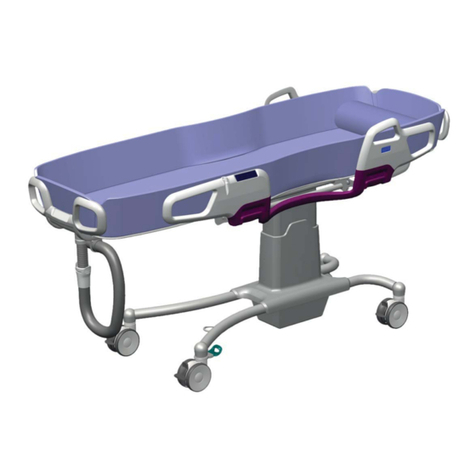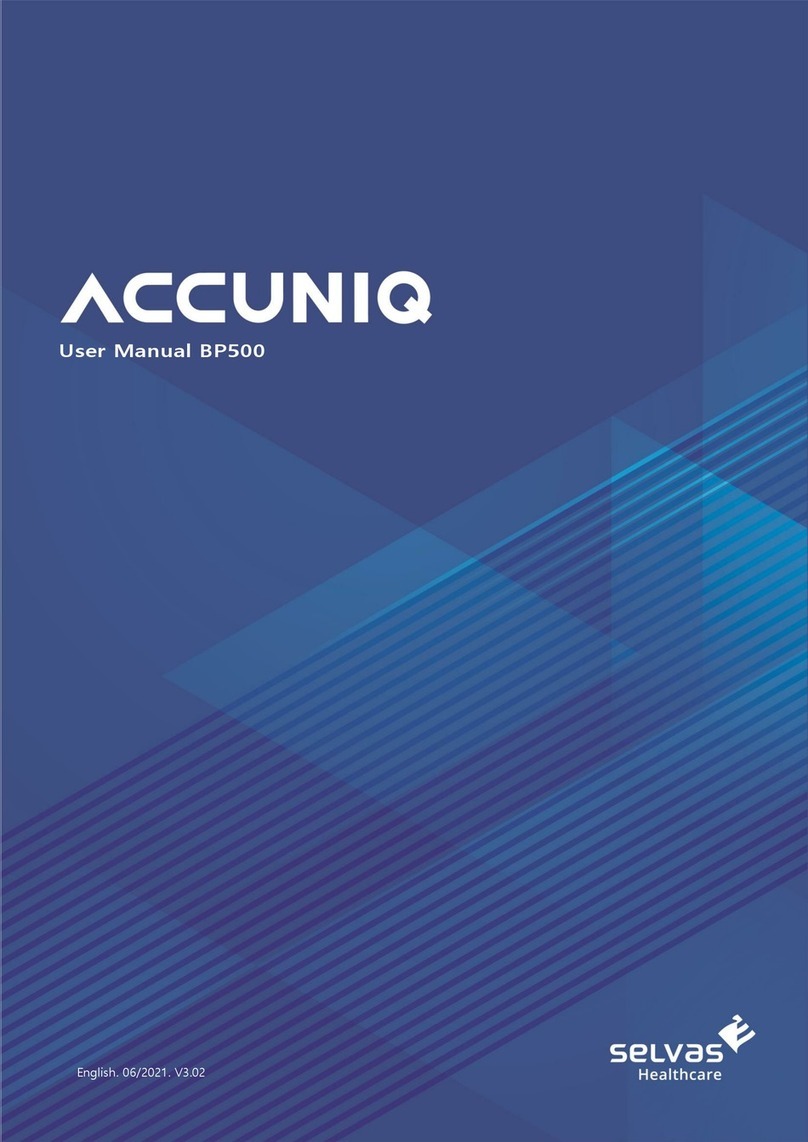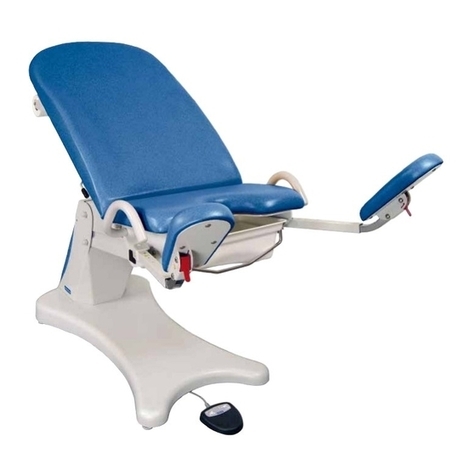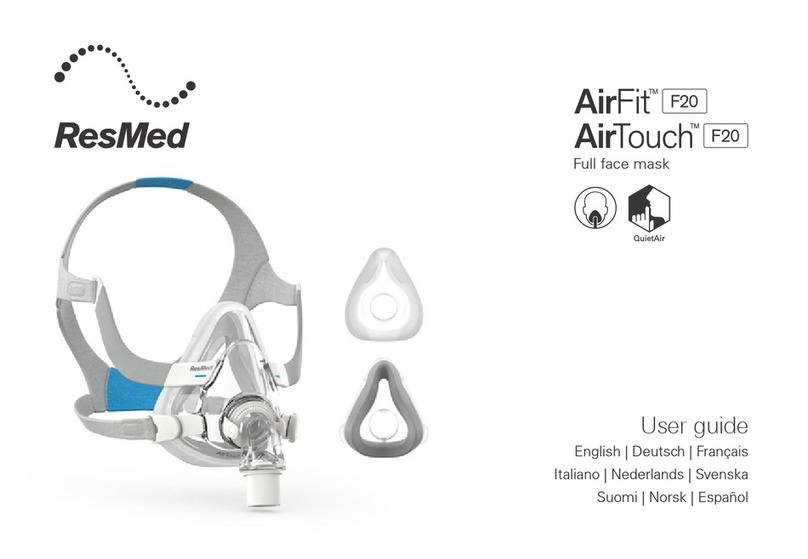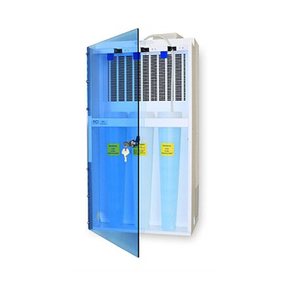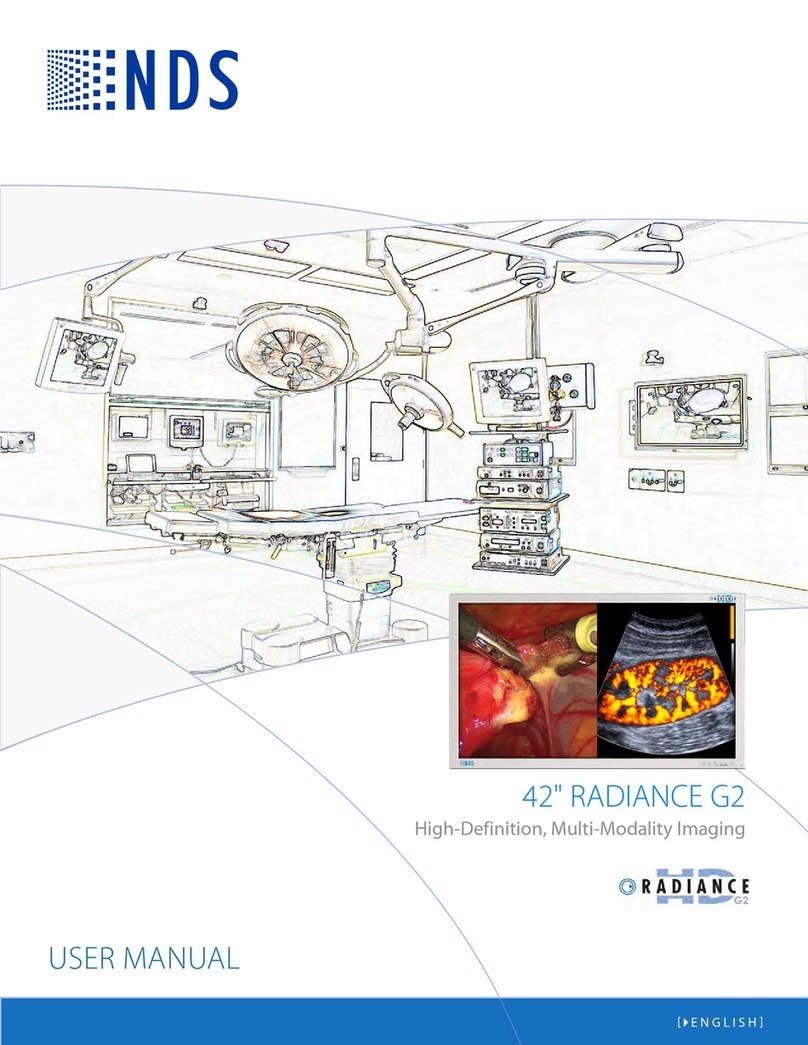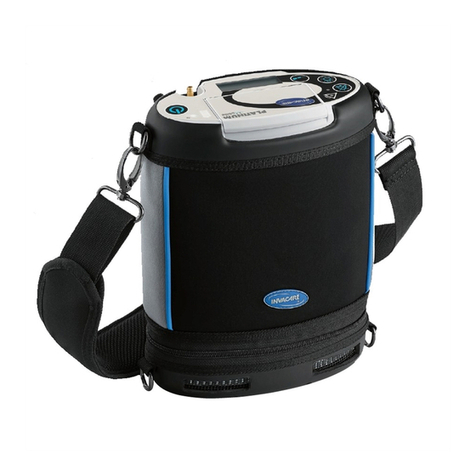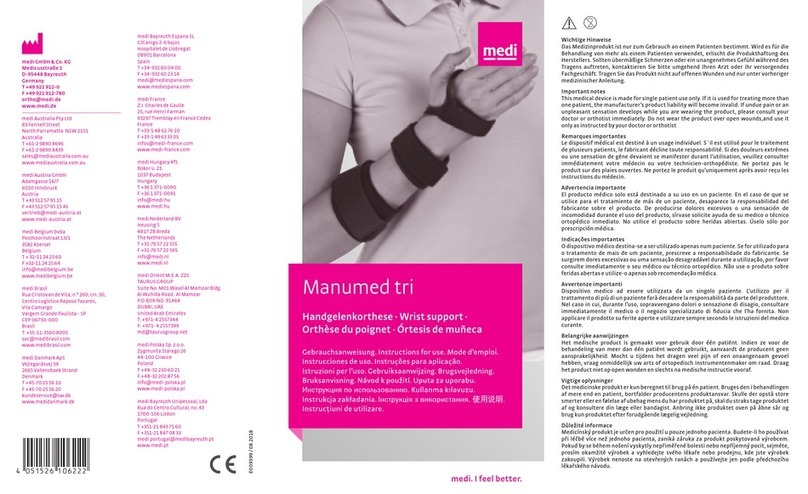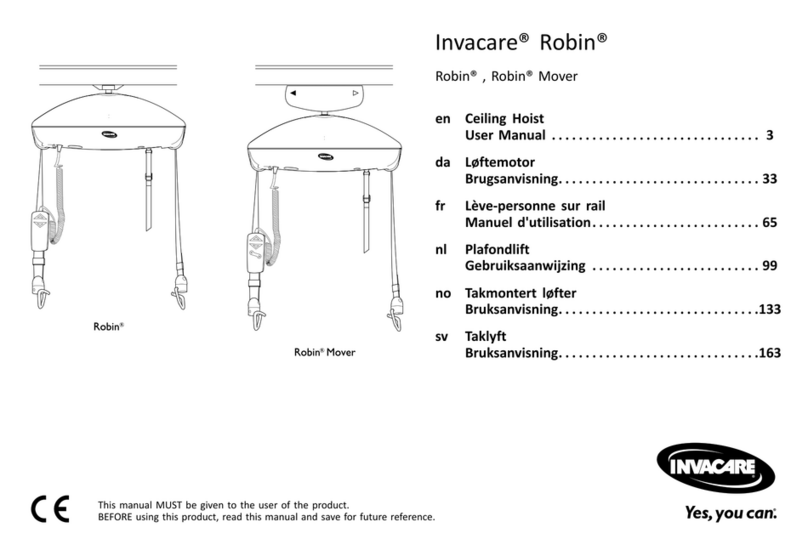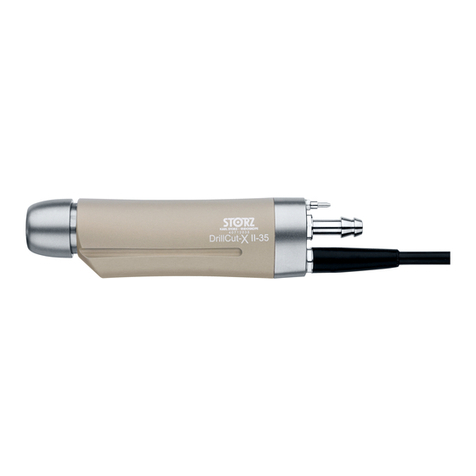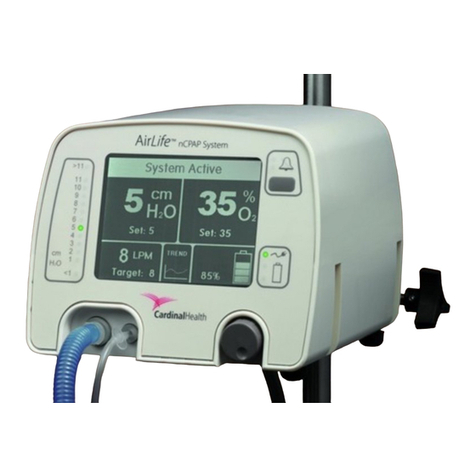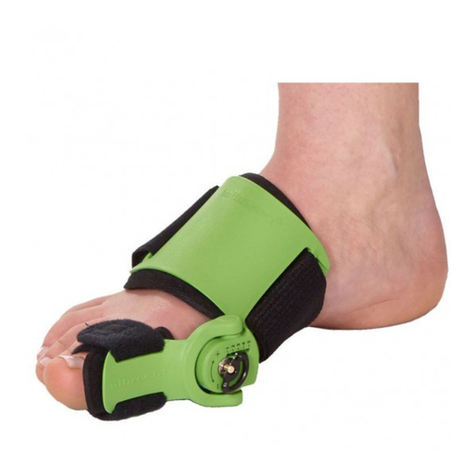Shofu Pro Arch IIG User manual

Pro Arch IIG
SEMI-ADJUSTABLE ARTICULATOR
Instructions for Use

TABLE OF CONTENTS
Introduction
Features
Identication of Parts
Operating Precedure
Direction for Use
Caution
Specications
2
3
5
6
7
20
21
Shofu Pro Arch IIG
SEMI-ADJUSTABLE ARTICULATOR
1

Introduction
Shofu arcon-type articulators, Pro Arch series have
been designed to facilitate fabrication of elaborate
and accurate dental prostheses that match precisely
with patient’s natural jaw movement.
Pro Arch IIG is a semi-adjustable articulator,
designed for easy handling with its simple adjustment
system of condylar path and sagittal condylar path.
The balancing side lateral condylar path angle and
working side lateral condylar path angle are xed at
15º and 0º respectively.
The sagittal or lateral incisal path angle can be
changed using different incisal tables.
The twin-plate mechanism at the condylar guidance
combines the benets of both box and slot type.
When fabricating a denture, this mechanism
prevents the condylar guidance and ball from being
dislodged in eccentric position to provide an accurate
occlusion. Maxillary and mandibular jaws are easily
separated, for excellent handling properties when
fabricating crowns or bridges; it can be used just like
an ordinary box-type articulator.
This semi-adjustable articulator is designed for easy
and quick reproduction of patient’s natural protrusive
and lateral movement of the mandible.
2

Twin-plate mechanism at the condylar guidance combines the
benets of both box and slot type articulators.
• When fabricating a denture, this mechanism prevents
the condylar guidance and ball from being dislodged in
eccentric position to provide an accurate occlusion.
• When fabricating crowns or bridges the maxillary and
mandibular jaws can be easily separated for excellent
handling while providing the exibility to use as an ordinary
box-type articulator when required.
The inverted-type adjustment feature makes the condylar path
adjustment easy and accurate.
The sagittal condylar path angle is easily adjustable using
anterior check bite record.
This arcon-type articulator is similar to the human jaw structure,
which provides easy comprehension of jaw movement and
excellent handling properties.
Centric registration can be obtained easily.
The Incisal Pin has a notch that precisely stops at 0 position to
reproduce accurate centric occlusal position.
The Ear Location Pin and Reference Indicator enables accurate
transfer of each patient’s natural head position using a Face
Bow.
The Occlusal Plate makes it easy to mount a cast using a mean
value of head position.
A cast can be easily mounted by taking the occlusal plane
as a reference. The guideline marked on the Occlusal Plate
provides easy positioning of the cast.
1
2
3
4
5
6
7
8
9
Features
3

11
12
13
14
15
Die-cast framework is lightweight and designed with high
precision. Its robust structure prevents exure and the resin
coating provides a durable surface nish.
The Mounting Plate for lower jaw is 8mm behind the plate for
upper jaw, which provides natural head position to mount a
cast efciently.
Upper and lower jaws are easily separated when the Centric
Lock Levers are released.
Upper jaw can be opened up to 120º and stays in place for
increased access and added convenience.
Incisal Indicator can also be used as a reference for tooth
arrangement.
The shape of Incisal Table makes it easy to check the contact
between Incisal Pin and Table.
Incisal Table is replaceable to change incisal path angle.
Each part is ergonomically designed for superior handling and
increased effcieicy.
10
16
17
Features
4

Identication of Parts
Upper Jaw
Lower Jaw
Centric Lock Lever
Ear Location Pin
Mounting Ring
Mounting Ring Screw
Reference Indicator
Reference Indicator Screw
Incisal Pin
Incisal Indicator
Incisal Pin Screw
1
2
3
4
5
6
7
10
11
12
13
14
15
16
8
9
Incisal Table 10º
Incisal Table Screw
Sagittal Condylar Path
Adjuster
Sagittal Condylar Path
Lock Lever
Condylar Path Downward
Guide Plate (“Twin Plates”)
Condylar Path Downward
Guide Plate Screw
Incisal table 0º
Occlusal Plate
(for IG, IIG, III EG)
17
18
19
5

Operating Procedures
Adjusting the sagittal condylar
path angle
• Move the lever upward to
release the lock.
• Move the lever downward to
close the lock.
1
Replacing Incisal Table
Take out the Incisal Table Screw and
replace the table with the desired
one (0º, 10º, option: 5º, 15º).
2
Twin-Plate mechanism
• Loosen the Guide Plate
Screw to detach the Condylar
Path Downward Guide Plate.
(Twin Plates)
• Mounting the Twin Plates
Insert the little projection (on
the back of the plate) into the
corresponding slot at the upper
jaw frame and tighten the screw.
3
6

Before mounting a castSTEP 1
Using the Centric Lock
To release the Centric Lock, hold
the upper jaw frame and lift the lever
up. To close the lock, press the lever
down rmly until the shaft snaps.
Ensure that both Centric Locks are
being released when moving forward
or laterally.
Releasing only one of the locks
provides inaccurate reproduction of
lateral movement and may damage
the locks themselves.
4
Lock in centric position using the
Centric Lock Lever.
1
7
Directions for Use

Check that the Incisal Pin scale is
set to “0” (red line). A notch in the
Incisal Pin helps the pin to stop
precisely at “0” every time to ensure
accurate occlusal position.
2
Set an angle of sagittal condylar
path to 30º.
3
8

Positioning the upper castSTEP 2
A. USING PRO ARCH FACE BOW
In the Pro Arch articulator series, each patient’s maxillary dentition can
be easily transferred with the use of Pro Arch Face Bow on the basis of
patient’s skull and mandibular joint.
First, select either the horizontal reference plane in natural head posture
or axis orbital plane to transfer with the Face Bow. When using horizontal
reference plane patient’s mandibular position is naturally transferred to
the articulator. In this case, posterior reference point should be at the
external auditory meatus, and anterior reference point should be 23mm
below the inner canthus or 45 mm above the maxillary incisal edge. When
using the axis orbital plane, remove the earpieces. Posterior reference
point should be at the average condylar point and anterior reference point
should be at the infraorbital canal.
“Natural head posture” is the head position obtained when one is relaxed.
When mounting a cast in this posture, accurate adjustment of the
articulator and precise fabrication of prostheses can be achieved.
Face bow transfer with axis orbital plane makes the occlusal plane of a
maxillary model tilt further forward than that of the natural head posture,
resulting in higher inclination of sagittal condylar path, which may make
laboratory procedures more complicated.
9

PRO ARCH FACE BOW - IDENTIFICATION OF PARTS
Face Bow main body
Ear Rod
Ear Rod Screw
Earpiece
Bite Fork for
edentulous jaw
Bite Fork for
dentulous jaw (optional)
Bite Fork Screw
1
2
3
4
5
6
7
8
9
10
11
12
Bite Fork Clamp
Anterior Reference Pin
Anterior Reference
Pin Clamp
Anterior Reference
Pin Screw
Elevating Rod
Elevating Rod Screw
Ear Rod Stopper
13
14
10

Positioning the upper castSTEP 2
Registration of maxillary relation
using Face Bow
1
A. USING PRO ARCH FACE BOW
Insert Earpieces into each external
auditory meatus to obtain a
posterior reference point.
To get an anterior reference
point, align the tip of the anterior
reference pin to point 23mm below
the inner canthus or 45mm above
the maxillary incisal edge. This
enables transfer of natural head
posture to the articulator.
1.1
Registration with Face Bow has
been completed.
(See the instruction manual for Pro Arch
Face-Bow for further details.)
1.2
Attaching Reference Indicator
and Cast Support
2
Attach the Reference Indicator to
the upper jaw and Cast Support to
the lower jaw respectively.
11

Transferring to the articulator
3
Attach the Face Bow Ear Rods
to the Ear Location Pins on the
articulator to obtain posterior
reference points.
3.1
To determine the vertical alignment
at the front part of the Face
Bow, place the tip of the anterior
reference pin to come in contact
with the under surface of the
Reference Indicator.
Then adjust the Elevating Rod and
secure it with the Elevating Rod
Screw.
3.2
Hold the bite fork of the Face Bow
from below using the Cast Support.
3.3
Match the registration on the upper
surface of the Bite Fork with the
occlusal surface of the maxillary
cast in order to position it.
3.4
12

The height of the Occlusal Plate is
designed to be the average vertical
position of the maxillary central
incisal edge, which makes it easier
to position the maxillary cast and
occlusal rim.
2
On the upper surface of the Occlusal Plate: the median line, ideal arch
for the maxillary anterior dentition, the average anteroposterior position
of the cuspids and the center of the rst molars are indicated.
3
a. Ideal arch for the upper anterior
teeth
b. Maxillary anterior incisal edge
c. Cuspids
d. Center of the rst molars
e. Median line
f. Lines of reference for posterior
wax occlusal rim (S, M, L)
Positioning the upper cast
STEP 2
The use of the Occlusal Plate with
mean value is an easy alternative
to the face bow. First, remove the
Magnetic Split Cast Mounting Plate
(MSMP) from the lower jaw and
replace it with the Occlusal Plate
provided.
1
B. USING OCCLUSAL PLATE
a
b
c
d
e f
13

4Using the occlusal plane as a
reference plane
When positioning upper cast and
wax occlusal rim with the occlusal
plane as a reference plane, the ideal
arch for the upper anterior teeth and
the median line should be matched
with upper labial side and median of
the wax rim.
Based on one of the reference lines
selected among S, M and L for
posterior wax rim, the buccal side
of wax rim should be symmetrically
positioned. Check the position of the
wax rim from above and behind.
5Positioning the wax rim based
on the mean value of natural
head posture
When applying the mean value of
natural head posture to position
the wax rim, the occlusal plate is
used. In this case, beading wax is
used to raise the distobuccal cusps
of the upper second molars about
7mm higher than the occlusal plate,
to make the occlusal plane angle
approximately 10 degrees.
6When the median lines of the
articulator and the upper cast have
been matched to mount the cast,
arrangement of the upper central
incisors can be checked with the
incisal indicator. (Prior to checking,
the incisal indicator should be
pointed in the median direction using
the occlusal plate).
14

Close the upper jaw gently until the
Incisal Pin comes in contact with the
Incisal Table. Remove the excess
plaster and let plaster cure.
3
Mounting the upper castSTEP 3
When the positioning of the upper
cast is complete, moisten the basal
surface of the cast sufciently and
place adequate amount of plaster.
1
Place plaster at the undercut of the
Cast Plate.
2
Mounting the lower castSTEP 4
Fasten the Centric Lock Lever and
tuen the articulator upside down,
then position the lower cast.
1
Double investing technique is
effective to minimize the distortion
in centric occlusion due to
expansion of cast during curing.
2
Close the articulator gently until
the Incisal Pin comes in contact
with the Incisal Table. Remove
the excess plaster and let plaster
cure. An elastic band can be used
to minimize the expansion of cast
during curing.
3
15

Mounting of the upper/lower cast Is completeSTEP 5
Anterior bite registration
1
When mounting of both upper and lower
casts are complete, put the articulator
back in place and check if the Incisal Pin
is in contact with the Incisal Table.
Take patient’s anterior bite
registration with the mandible
moved forward by 4 to 5mm.
Condylar path adjustment
2
Turn the articulator upside down for
condylar path adjustment. Use the
Special Pedestal (optional) for more
stability and easy handling of the
upper jaw.
Removing the Twin Plates
Loosen the screws of the Condylar
Path Downward Guide Plates to
remove the Twin Plates.
16

Releasing Sagittal Condylar Path
Lock Levers
3
Unlock both sides of Sagittal
Condylar Path Lock Levers.
Set the sagittal condylar path
angle to a negative value of
approx. -20º.
4
Releasing the Incisal Pin
5
Loosen the Incisal Pin Screw and
lower the Incisal Pin to separate it
from the Incisal Table.
17

Adjusting sagittal condylar path angle
6
Place the Occlusal Plate of anterior
bite record and mount the lower jaw.
The Condylar Ball of the articulator
should be detached from the
Sagittal Condylar Path Guide Plate.
6.1
Move both sides of the Guide Plates
and fasten the Lock Levers when
the Guide Plates and Condylar Ball
come in contact with each other.
To minimize deviation, use bite
registration and hold the lower cast
down to stabilize it.
6.2
Attaching Condylar Path
Downward Guide Plates
7
After adjusting the condylar path,
remove the Guide Plate and attach
the Twin Plates again.
Put the upper and lower jaws
together and close the Centric
Lock Levers.
Removing the Condylar Path
Adjusting Pedestal
8
Turn the articulator in to normal
position. Adjust the Incisal Pin
back to “0”position and remove
the Pedestal.
Condylar path adjustment is now
complete.
18

Selecting an Incisal Table
9
Select a suitable Incisal Table for
each individual case.
Accompanying items are the tables
with sagittal condylar angles of 10˚
and 0˚. For Pro Arch IIG, 5˚ and
15˚ tables are available as optional
accessories.
Fabricating Incisal Table for
dentulous patients
10
For dentulous patients with anterior
guidance, an Incisal Table can be
fabricated. Place self-cured resin
such as tray resin on the 0º Incisal
Table with a sheet of polyethylene
lm placed between upper and
lower casts, move the articulator
forward and laterally until the resin
is set.
A patient’s unique incisal guidance
that matches the upper/lower
guidance for remaining anterior
teeth can be obtained with this
method.
Adjustment of the articulator
is complete
11
The above procedures can be
performed without Condylar Path
Downward Guide Plates (Twin
Plates) attached if desired.
19
Table of contents
Other Shofu Medical Equipment manuals
